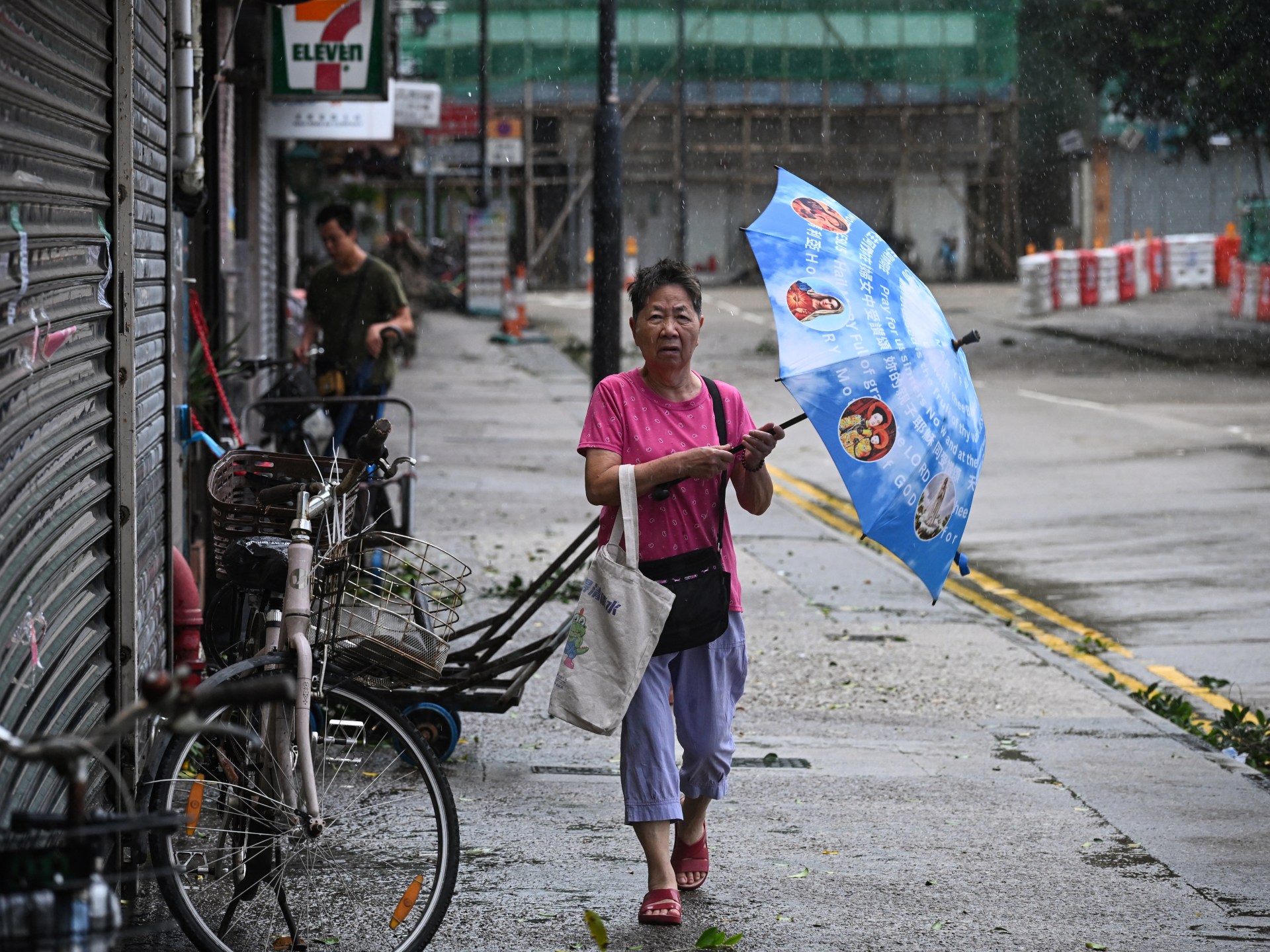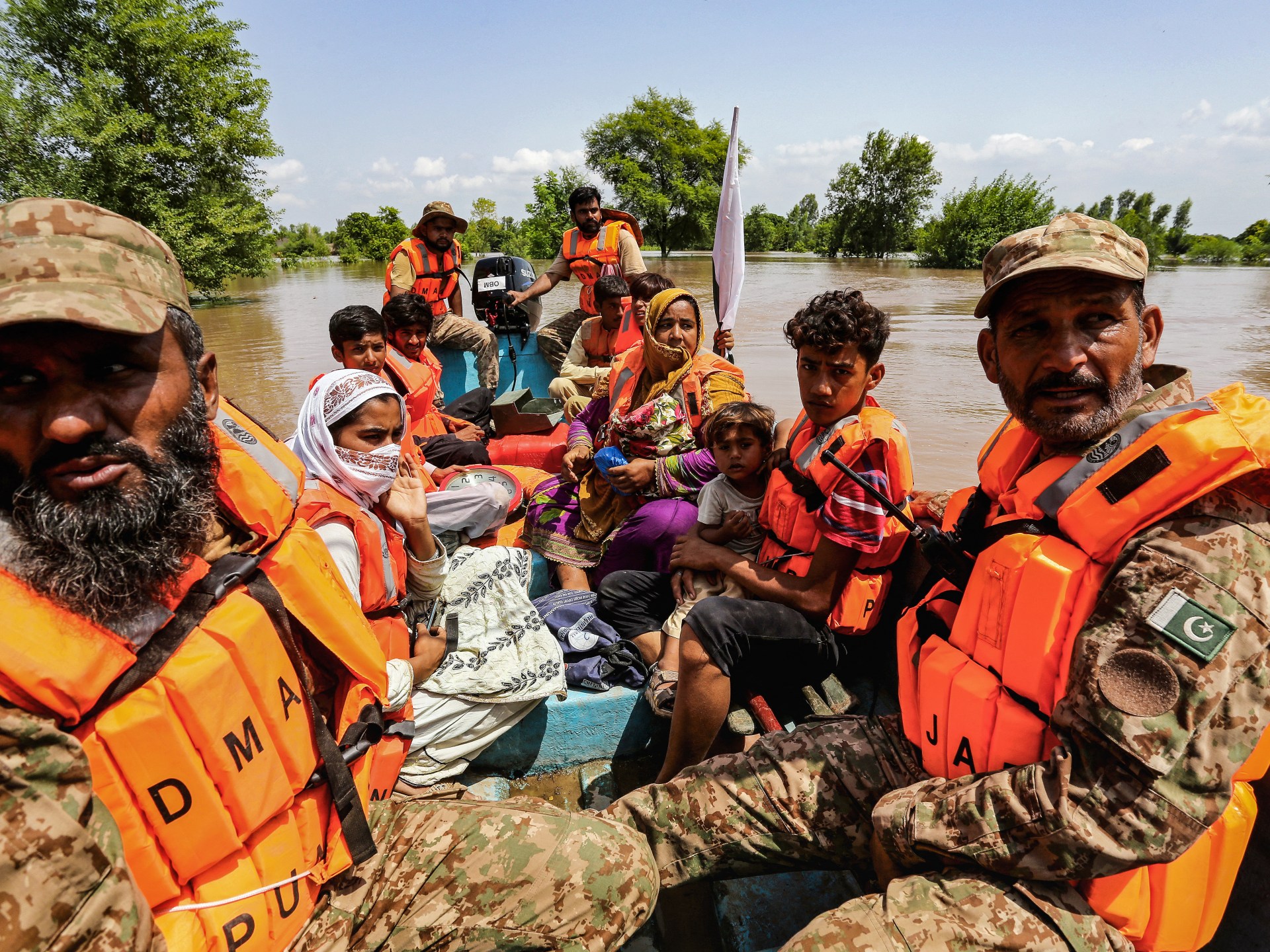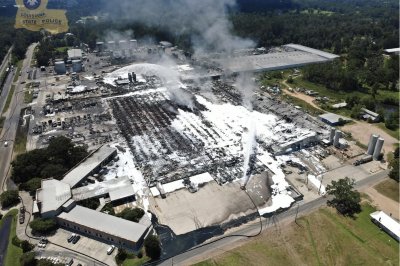China plans evacuations as Typhoon Ragasa barrels through Philippines | Weather News
China plans to evacuate close to 400,00 people from southern Shenzhen province as the typhoon makes landfall in the northern Philippines.
Published On 22 Sep 2025
China has begun preparing to evacuate 400,000 people from the city of Shenzhen ahead of Typhoon Ragasa, which has barreled through northern Philippines with a wind speed of 215km/h (134mph).
Super Typhoon Ragasa made landfall on Monday in Calayan province in the Philippines at 3pm (07:00 GMT), Philippine forecasters reported. More than 8,200 people were evacuated to safety in Cagayan, while 1,220 fled to emergency shelters in Apayao province.
Recommended Stories
list of 3 itemsend of list
Tropical cyclones with sustained winds of 215km/h (134mph) or higher in the western Pacific are labelled “super typhoons”.
The Philippines’ weather agency warned that “there is a high risk of life-threatening storm surge with peak heights exceeding 3 metres (nearly 10 feet) within the next 24 hours over the low-lying or exposed coastal localities” of the northern provinces of Cagayan, Batanes, Ilocos Norte and Ilocos Sur.
Philippine President Ferdinand Marcos Jr suspended government work and schools in the capital and 29 provinces in the northern Luzon region.
Ragasa is the 14th weather disturbance to hit the Philippines this year, which comes as the country deals with anti-corruption protests linked to ghost flood-control projects.
The typhoon is forecast to move westwards and remain in the South China Sea until at least Wednesday while passing south of Taiwan and Hong Kong before hitting the Chinese mainland.

Land and sea warnings
Chinese authorities have activated flood control measures in southern provinces and warned of heavy rainfall beginning from Tuesday night.
In China’s Shenzhen, authorities said on Sunday night that they planned to move hundreds of thousands of people from coastal and low-lying areas before the typhoon reaches them.
Other cities in the Guangdong province announced the cancellation of classes, work and public transportation due to the heavy rainfall and strong winds.
Moreover, Taiwan has issued land and sea warnings, cancelled 146 domestic flights, and evacuated more than 900 people from mountainous southern and eastern areas.
Vietnam’s Defence Ministry ordered its forces to monitor the storm and prepare for possible landfall later this week.







